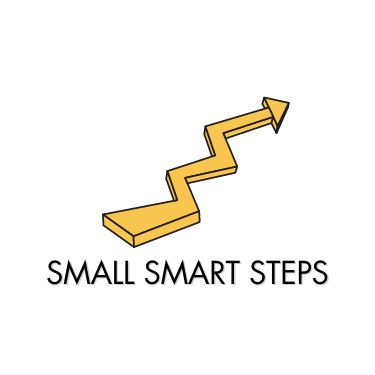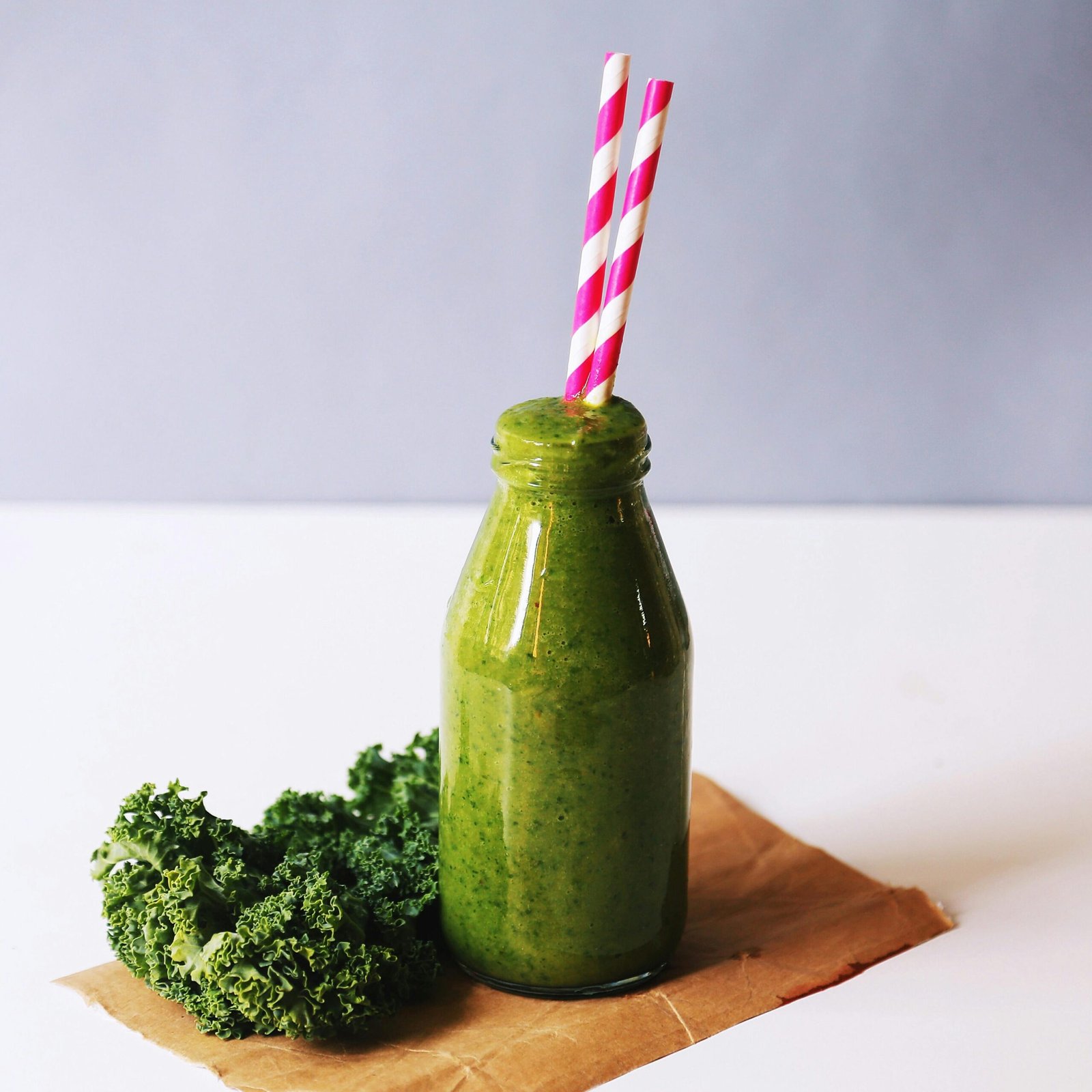Returning to the gym after a break can feel intimidating, but it doesn’t have to be. Whether you took a hiatus because of life’s curveballs or just felt burned out, getting back into the swing of things can be manageable and even fun. Here’s how to make your gym comeback confident, effective, and sustainable, using simple strategies to keep you moving forward.
1. Simplify the Process
Avoid Overwhelm
The biggest mistake people make when returning to the gym is overcomplicating things. If you’re like me, you might’ve once tried to jump back in with a five-day split, a new meal plan, and a bunch of supplements—only to end up sore, exhausted, and dreading the next workout. It’s easy to overestimate what you can do right away because you’re excited, but that excitement fades fast if you do too much too soon.
- If you’re a beginner, you can start by getting a gym membership.
- Compare the prices of memberships in your area. If you have a friend or colleague you want to work out with, have them link you with a trial pass.
- If you’re intimidated of going to a commercial gym, go to a nearby park with a pull-up and dip bar.
- Alternatively, just going to the gym with a friend who’s stronger than you can help you feel safe! Kind of funny isn’t it..ha ha yes I’m speaking from experience.
Set Realistic Goals
Instead of overwhelming yourself, start with small, realistic goals. Aim to go to the gym 2-3 gym times a week. These first few weeks are about getting your body used to moving again. The key is to keep it so simple that it feels almost too easy. Trust me, you’ll thank yourself later for laying this foundation. When I first came back after an injury, I did just two-three exercises per workout. It felt like a joke at first, but it kept me from burning out and made it easier to stay committed.
Keep it Simple
You don’t need a fancy routine with a dozen exercises. Stick to a basic full-body workout that hits the major muscle groups: squats, push-ups, and pull-ups. At the nearby park you can:
- Get into your groove by doing 3 sets of 10-20 pushups, 3 sets of pull-ups to failure, and 3 sets of 10-30 bodyweight squats.
- If you can’t do pull-ups, don’t feel ashamed. Try 3 sets of inverse rows on the dip bar until failure.
- Get into your groove by doing 3 sets of 10-20 pushups, 3 sets of pull-ups to failure, and 3 sets of 10-30 bodyweight squats.
These exercises are effective and get you familiar with moving your body again. As you gain momentum, you can start adding more complexity and volume.
2. Master Your Form
Proper Technique Matters
It’s tempting to jump right back in and try to lift the same weight you did before, but here’s a tip: Don’t. The last thing you want is to sideline yourself with an injury because you got carried away. If you haven’t been lifting consistently, your body might not remember the movements as well as you think.
Quality Over Quantity
When I first started lifting, I was obsessed with hitting big numbers. But then I noticed I wasn’t progressing as much as I’d like, and I kept getting these annoying little tweaks and pains. Once I shifted my focus to proper form, everything changed. I felt stronger, my lifts got better, and the nagging pains disappeared. Remember, it’s not about how much weight you can throw around, it’s about how well you can control that weight and perform the exercise optimally.
Don’t Rush the Process
Keep the ego in check. People are inclined to lift more weight than they can handle, with poor technique.
- For example, the deadlift is a popular exercise people like to exponentially increase. A common result of biting more than you can chew is suffering a herniated disc injury that puts you back on your progress. That said, if it happens, don’t beat yourself up for it. People sometimes have to learn from their own mistakes.
Hire a Trainer for Guidance
If you’re not sure about your form or haven’t lifted in a while, consider booking a few sessions with a personal trainer. Think of it as a tune-up. They’ll help you identify any bad habits you’ve developed and show you how to correct them. Even one session can make a big difference in your progress.
3. Focus On Consistency Over Intensity
Now let’s say you’re a little further, you’ve got into the groove of a workout routine to get in shape than you previously were.
Know Yourself And Your Limits
When weightlifting in the gym, don’t overdo the intensity unless you have a spot to support you.
- If you’re a teenager or a young adult, you could get away with doing more reps to failure but focus on showing up, being consistent, and doing the reps. That’s it.
- When you reach your late 20s and beyond, you’ll really have to start being mindful of ego lifting and going overkill on the intensity.
Make Going to the Gym a Habit
One of the best things you can do for yourself is to make working out a habit. This doesn’t mean you need to hit the gym every single day. It means building a routine that you can stick with. Habits are the backbone of progress. If you can make the gym a regular part of your schedule, even if it’s just twice a week, you’ll be ahead of the game.
Gradual Progression
When you’re ready to increase your workout intensity or volume, do it gradually. Add weight, reps, or sets little by little. It might not seem like much at first, but these small increments add up over time. Rushing the process often leads to burnout or injury, setting you back even further.
- If you’re a beginner, you will see an increase in muscle mass if you consistently go and execute your workouts 2-4 times a week.
- Down the line, you can try other rep ranges such as 3-6, but just focus on building your foundation with 3 sets of 8-12 reps.
if you want to do cardio (highly recommended if you don’t already do it for your cardiovascular health), choose between:
- the treadmill
- stair master
- elliptical
- stationary bike
Program Your Consistency
Do 10-15 minutes of low-medium intensity cardio to start and build that consistency.
- You can eventually increase the intensity as you get a feel for what you can handle.
- Longer time on cardio doesn’t necessarily mean better unless you’re training to be an endurance athlete or as recent studies suggest stimulating more telomeres.
Listen to Your Body
If there’s one piece of advice I could give my younger self, it would be to actually listen to my body. Pushing through soreness or fatigue doesn’t make you tough; it makes you reckless. If you’re feeling beat up, take an active rest day or opt for a lighter session. The gym isn’t going anywhere.
4. Calories and Mindset

You Are What You Eat
I cannot stress enough how important what you eat is in conjunction with your workout routine and volume.
Define Your Goals
It’s a good time to assess what your goals are in fitness. Is it
- To get bigger, to gain more muscle mass?
Or…
- Is your goal to lose weight, cut down, and get lean for an esteemed summer physique?
Or…
- Is it your goal to just stay healthy, get your blood pumping, and refine/maintain what you have?
Start asking yourself these types of questions and figure out what you want. This will affect how many calories you eat.
Are You a Hard Gainer?
In other words, do you struggle to put on weight? If you have a hard time gaining weight despite eating, your metabolism is operating at a higher rate. Understand what you eat with a calorie tracker to input your BMI (body mass index) information.
- It can be an effective tool to help you be on track with how many calories you’re getting. Some will ask you what your goal is (in this case to gain weight). It can be started with you gaining 1 pound a week by eating in a caloric surplus of 500 beyond your healthy caloric intake needs. You don’t have to religiously do this forever (unless you’re a bodybuilder), but ultimately try doing this for a couple of weeks. Learn what contributes to your overall calories in vs calories out.
Track Your Steps Throughout The Day
If you have an iPhone, you have an inbuilt pedometer. If you’re an Android user (like me right now), download a pedometer app to track the steps you’re getting a day. These are considerable factors in your calories out.
Fuel Your Body
All being said, you don’t need to jump into a super strict diet just because you’re back at the gym. Focus on eating balanced meals with plenty of protein, healthy fats, and carbs to fuel your workouts and recovery. Think of food as fuel, not punishment or reward. It’s there to support your body, not control your life. The best diet is the one you can stick to long-term.
Don’t Obsess Over Calorie Counting
Tracking calories can be helpful for some, but it’s not mandatory for progress. You don’t have to obsess over every bite you eat. Instead, use calorie tracking as a guideline to understand your eating habits, but don’t let it dictate your every decision. There’s a fine line between being mindful of what you eat and letting it consume you.
Adopt a Growth Mindset
This one’s big. If you’re constantly beating yourself up for missed workouts or “bad” eating days, you’re setting yourself up for failure. Instead, view challenges as part of the journey. Every setback is an opportunity to learn and get better. There’s a saying by Robert Greene, “The pain that you experience is often a lesson trying to teach you something.” The process is rarely linear, so expect some bumps along the way.
Additional Tips for a Confident Return
Warm-Up and Cool-Down
Experiment with warm-ups and cool-downs. Warming up gets your body ready for the demands you’re about to place on it, reducing the risk of injury. A few minutes of light cardio and dynamic stretching can make a difference for some. Cooling down helps you transition out of workout mode and starts the recovery process.
Track Your Progress
When you’re trying to get back in shape, it can feel like you’re spinning your wheels sometimes. That’s why tracking your progress is so important. Whether it’s with a fitness app, a notebook, or even just photos, keeping tabs on your improvements can motivate you to keep going. It’s easy to forget where you started when you’re caught up in the day-to-day grind.
Stay Patient and Positive
I get it, you want results yesterday. But understand this: real, lasting progress takes time. I used to get frustrated if I didn’t see immediate changes, but then I realized it’s about the long game. Those who stick around the longest tend to make the most gains. So, don’t let impatience or frustration derail you. Celebrate small wins and trust the process.
Conclusion
Getting back to the gym doesn’t have to be an all-or-nothing endeavor. By simplifying your approach, prioritizing form, focusing on consistency over intensity, and adopting a positive mindset around calories and challenges, you set yourself up for a confident, sustainable return to fitness. The journey is yours to enjoy, one workout at a time. And remember, the gym is not a place you “have” to go; it’s a place you get to go. Embrace the process, stay committed, and before you know it, you’ll be stronger and more confident than ever.
So, put those sneakers on, your Netflix marathon or social media brainrot can wait. You’ve got this.



